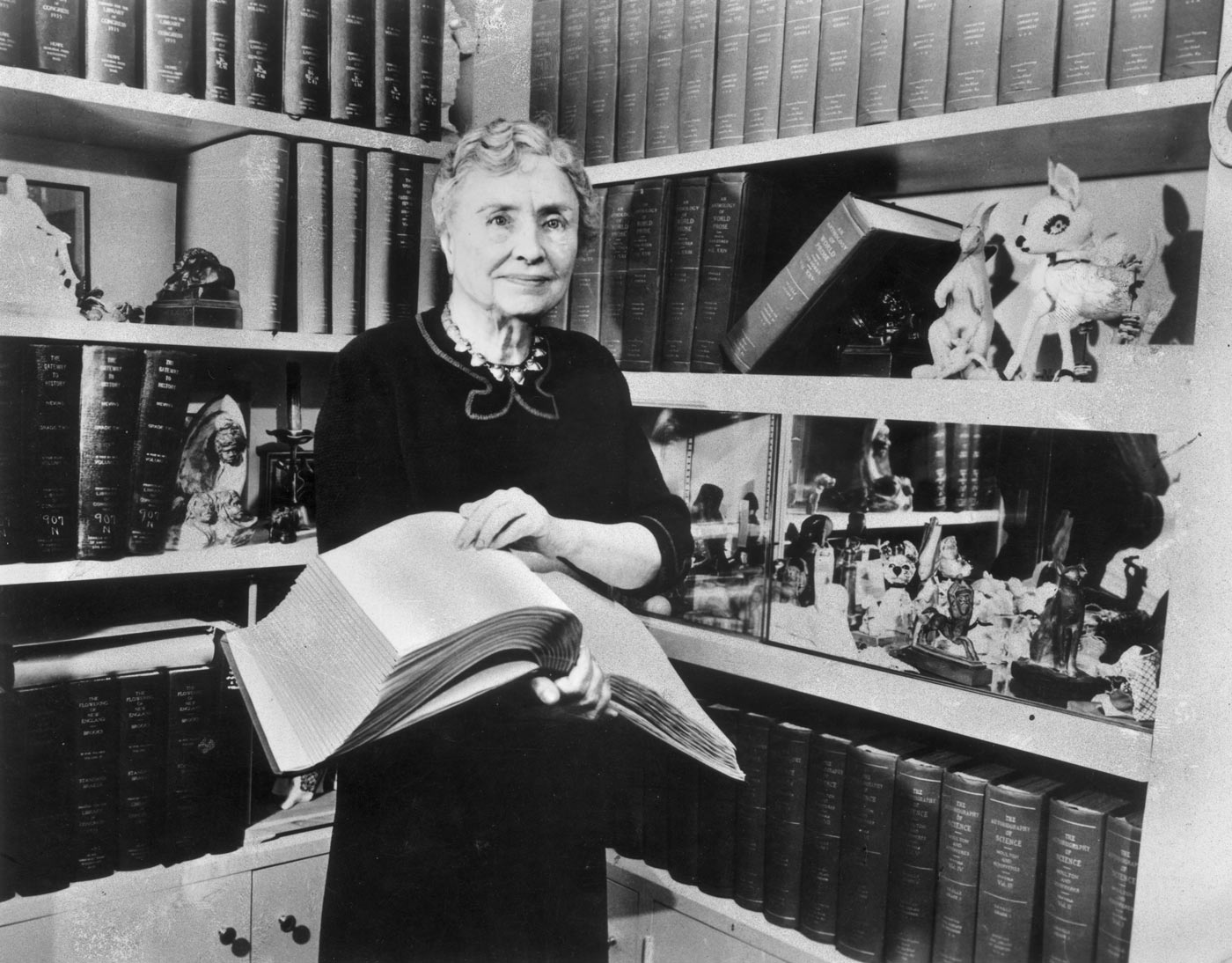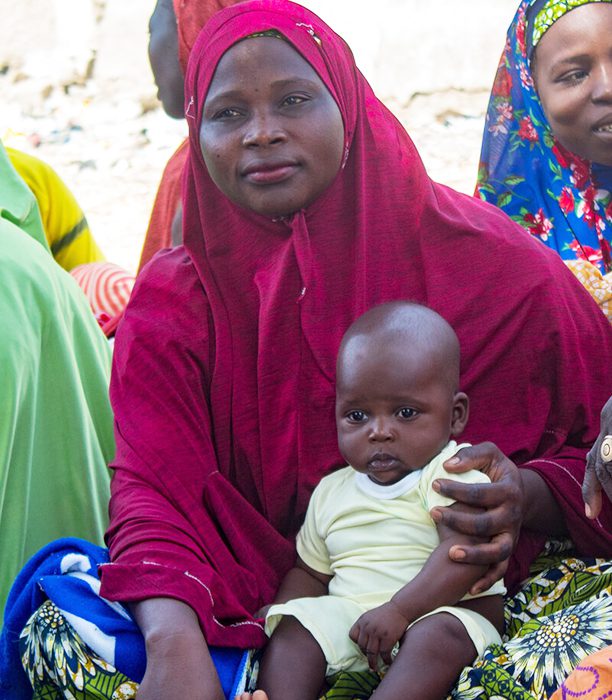
Village Model Farmer Makes Her Community a Model Community
In the wake of the devastating 7.9 earthquake that hit Nepal this past April, we went to the Nuwakot district to conduct field level assessments and focus group discussions with the communities in order to understand what needed to be done in order to rebuild and recover. We had visited a village called Khani Guan, where we encountered a temporary shelter where 8-10 families were residing after losing their homes. We took a walk through the village and did not see a single house standing. Since most of the families taking shelter had lost family members in addition to their homes, they were all extremely worried about the further damage they would have to face if another earthquake were to hit.
Information from the Suaahara program, which provides counseling on health, hygiene, and nutrition via home visits throughout Nepal, seemed to be helping them stay afloat. Even though these families were living together in a small shelter with only a roof and no walls, they continued to focus on the importance of proper hygiene and nutrition for themselves and their children. They told us how thankful they were to Suaahara for making them aware of such important assets.
Among the community members was a village model farmer named Dil Kumari Pun who the Suaahara program had previously worked with. Before becoming involved with Suaahara, she had never planned on raising poultry or becoming a successful farmer. Suaahara helped her realize what she was capable of and what she would be missing if she had not decided to become involved in the program. She is now aware of the importance of “1000 days” (the critical 1000 day period from conception until a child is two years old), health, hygiene, and nutrition, and is determined to make others aware of this important information.
Even though she has lost her home and is living in a shared community shelter, her hope is not gone. She is prepared to assist her community with whatever comes their way. She is raising about nineteen improved breeds of New Hampshire and Black Australorp chickens and fifteen local breads of poultry in her brooding center. She has no access to any improved technology for hatching chicks, so she uses the local poultry to hatch the eggs of the improved breeds. She also has a small garden where she grows a variety of vegetables, and plans to provide seeds and poultry to other members of her community. It was clear that her community had been a wonderful support system for her, and that her efforts have been greatly appreciated.
We were thoroughly impressed by this model community. Khani Guan is truly an exemplary village, showing the amount of change that can be made possible when a community provides support, motivation, and pathways for change.




